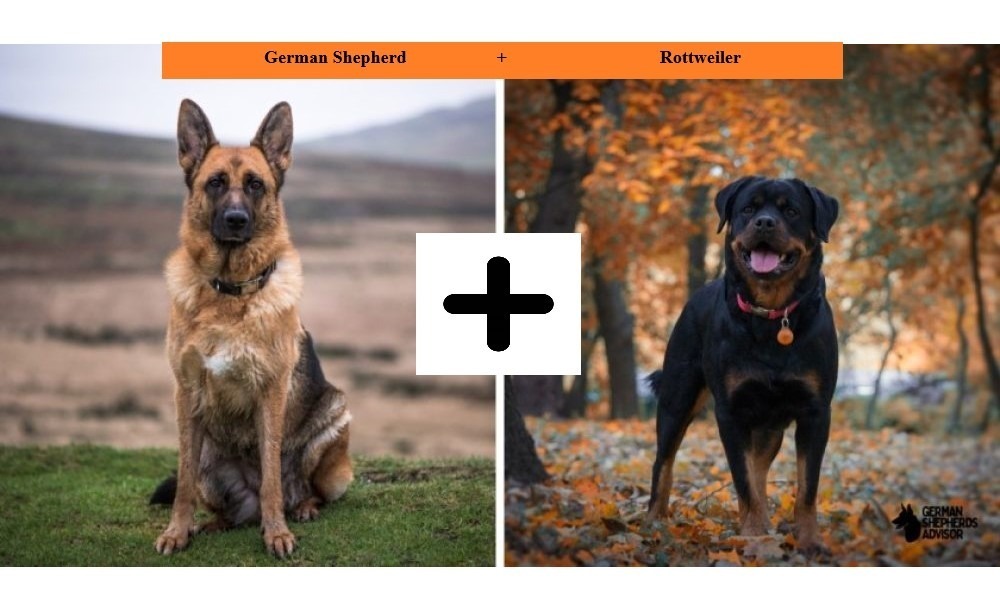Mixing two powerful, intelligent working breeds together, the Shepweiler is a cross between the German Shepherd and Rottweiler. Both parents are known for these traits, so it is no wonder this mix comes with a strong sense of loyalty, a doggy brain and an even stronger protective instinct! The German Shepherd Rottweiler Mix (Shepweiler) is an ideal option for an experienced dog owner looking for a loyal, trainable and energetic companion. This comprehensive guide will teach you all about the German Shepherd and Rottweiler Mix dog, including its history, personality, care requirements, and family suitability.
German Shepherd Rottweiler Mix – At a glance
| Weight: | 75–115 pounds |
| Height: | 22–27 inches |
| Lifespan: | 10–13 years |
| Coat colours: | Black, tan, similar to both parent breeds, may also have brindle or bi-color patterns. |
| Temperament: | loyal, protective, excellent watchdog, obedient, playful, good with other pets and children. |
| Suitable for: | Best suited for owners who have experience with large, strong/powerful breeds. |
Origins and history of the Parent Breeds
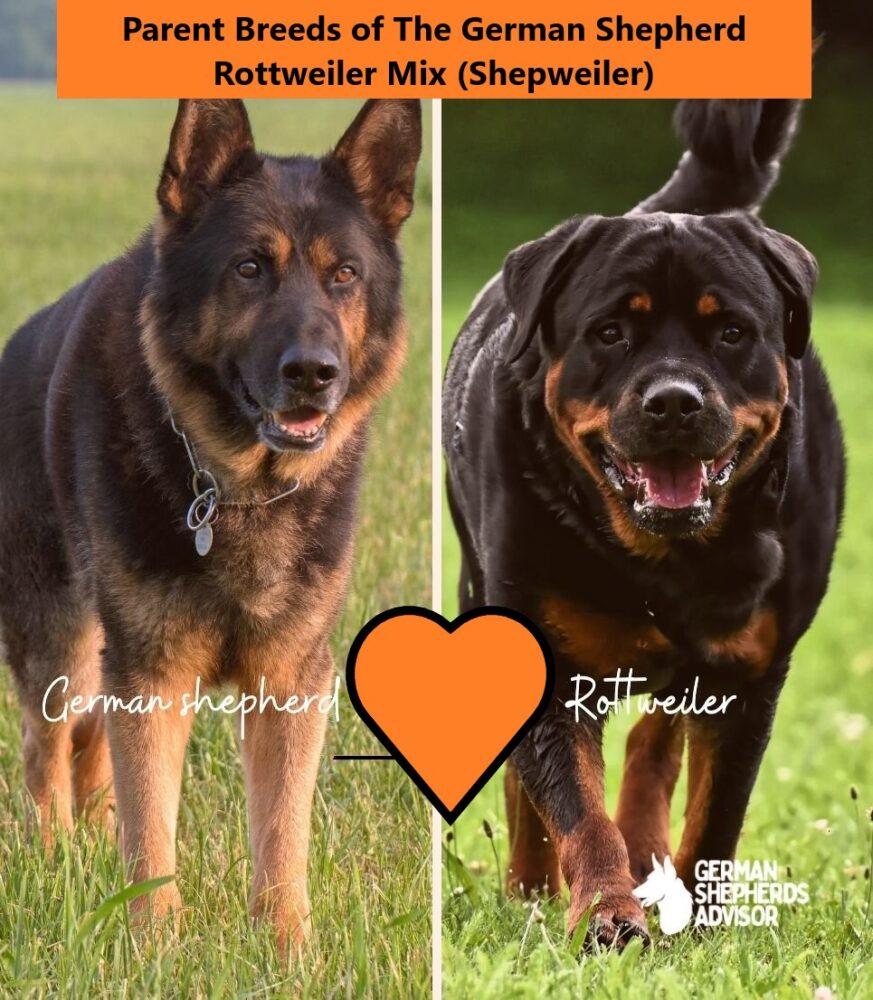
The German Shepherd developed in Germany in the late 19th century, and was originally bred as an all-purpose herding dog, highlighting intelligence, strength and a strong work ethic. But soon became a favourite police and military dog all around the globe. The Rottweiler also comes from Germany and was first bred to drive livestock and haul carts. With time, it became known for its protection-related properties and its physical strength and became a quality guard dog.
Crossbreeding the German Shepherd and Rottweiler was done to glue the best features of both breeds. The purpose was to produce a dog possessing the intelligence and trainability of the German Shepherd along with the loyalty, strength and protective behaviour of the Rottweiler. Today, the Shepweiler is a common pick for families in search of a canine partner that is both protective and loving.
Appearance and physical characteristics: German Shepherd Rottweiler Mix
Shepweilers (German Shepherd Rottweiler Mix) are large, solidly built dogs, usually 22 to 27 inches tall and 75 to 115 pounds. Males are generally bigger and bulkier than females, although the latter is also built quite robust and sporty.
The Shepweilers will generally have a medium length, thick/dense coat and may be of any variety of color. Coat colors most commonly are black and tan-similar to both parent breeds-but they can also be brindle or bi-color. Their coat is usually double-coat, so this will help with insulation and some weather protection.
The Shepweiler has an equally dignified and powerful appearance, featuring a broad head, intense gaze, and ears that are typically either fully or half erect. They have a good proportionate muscular body that has agility and strength.
Shepweilers (German Shepherd Rottweiler Mix) usually live to be around 10 to 13 years. They are a relatively healthy breed, but can inherit health problems from both parent breeds, such as hip dysplasia, elbow dysplasia, and bloat. While many of these risks can be reduced with regular vet visits and a well-balanced lifestyle.
What Does a German Shepherd Rottweiler Mix Look Like?
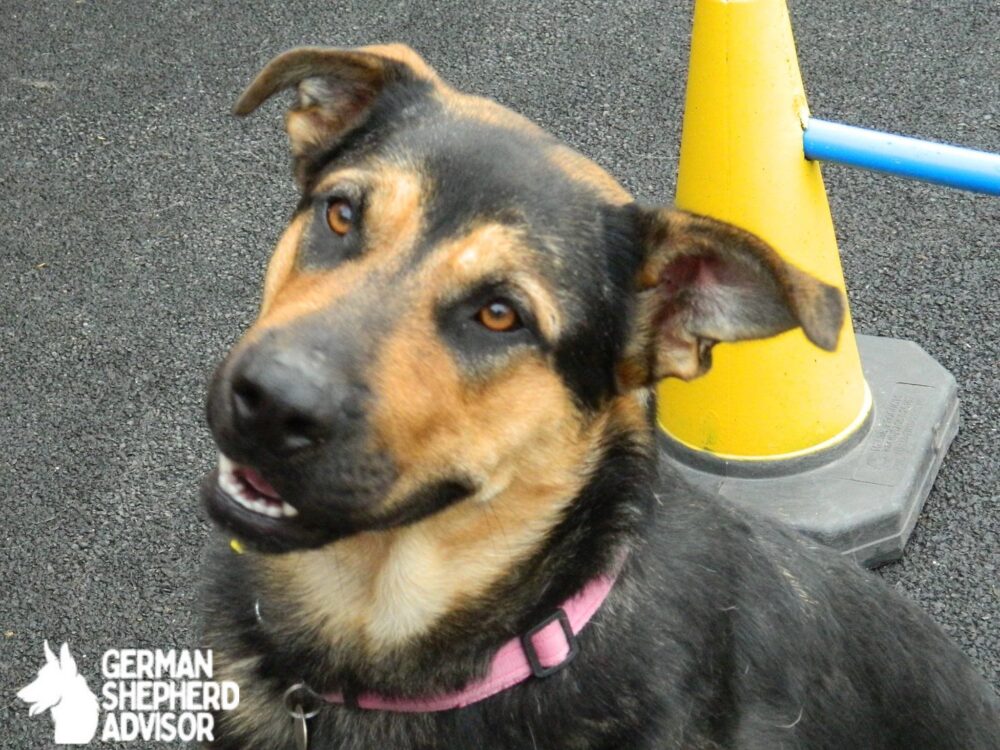
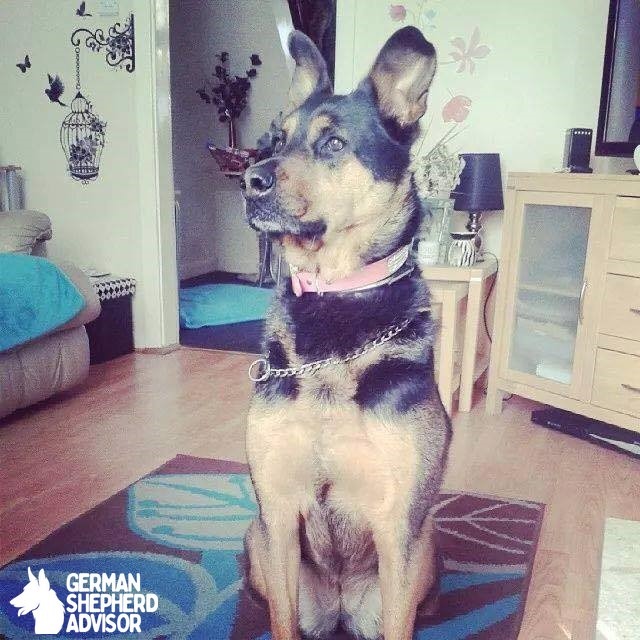
Temperament and personality: German Shepherd Rottweiler Mix
The German Shepherd Rottweiler Mix dog is loyal by nature and very protective making him an excellent watchdog. They can be protective of their family and may be wary of strangers unless socialized properly.
The Shepweiler dog is incredibly trainable and naturally responsive to commands thanks to its two intelligent parent breeds. They are mentally stimulated and love obedience, protection, and agility work.
Sensible German Shepherd Rottweiler Mix are specifically loyal and protecting dogs, but they can grow up to be overprotective if not shown how to interact with other dogs. Exposing them to different people, animals, and surroundings early will help them in becoming a well-rounded dog.
Moreover, mix these that need day-after-day exercise as they are an lively breed. The GSD and Rotti mixed dogs are known to have a playful endeavor and can be found happily indulge in fetching games, running and engaging in interaction games. They are well suited for active families who can give them plenty of exercise and mental stimulation.
Training and Socialization: Shepweiler
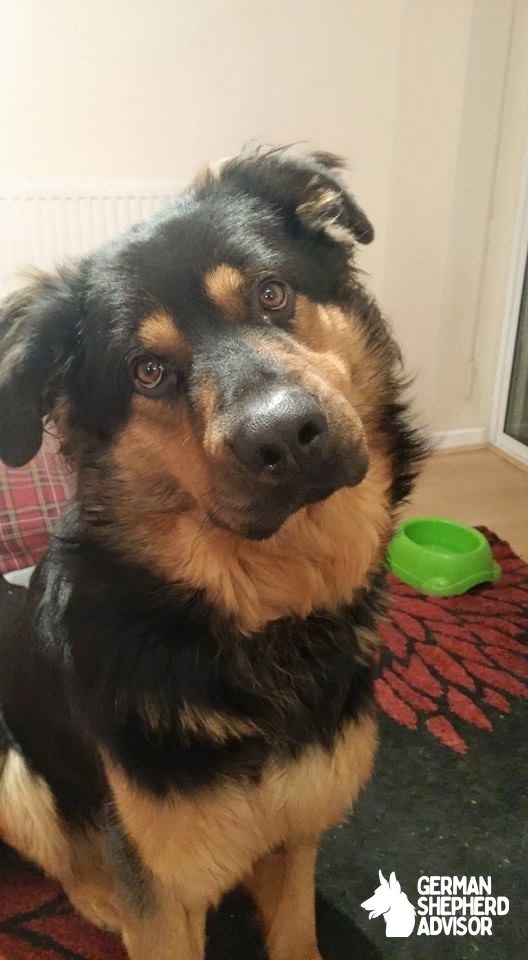
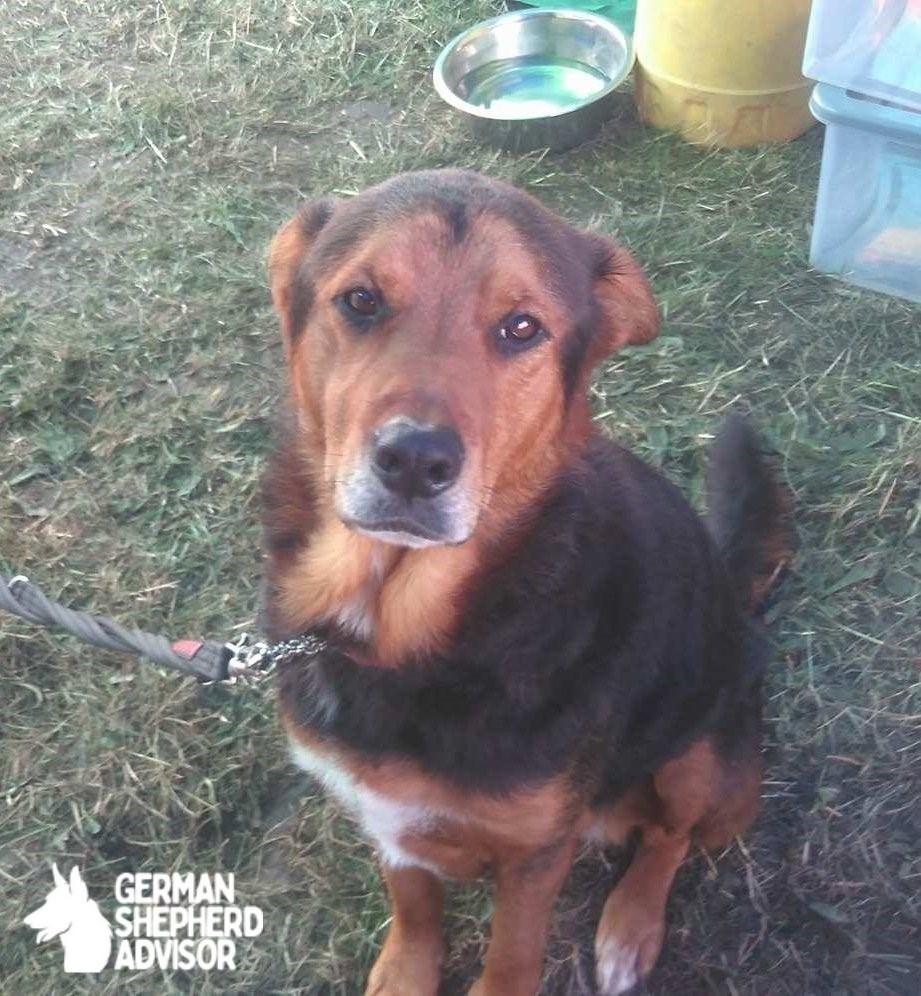
Using positive reinforcement training methods such as treats, praise, and toys, will yield the best results in training Shepweilers. They are sometimes a bit stubborn too, so consistency is key. Best with an experienced handler that can provide firm boundaries and reinforce good behavior.
It is important to socialize your dog early on in a controlled way so they do not become overprotective and aggressive. They help them be confident and well-adjusted adults through exposure to different situations, people, and other animals.
Shepweilers possess unique intelligence and energy levels which means they need some type of physical and mental activity every day. Rich in training-related stuff, for example obedience, dexterity, fetch, marvel, and different fun adventures to keep from tiring, as well as reduce dismalness behaviours.
Pros and Cons of Owning a German Shepherd Rottweiler Mix
Common Health Issues: Shepweiler
As with any designer dog, Shepweilers can inherit health issues from either parent breed, including:
Is known to be common of the larger breeds, which as the name suggests causes joint pain and affects mobility. A serious condition that causes the stomach to twist, more frequently seen in deep-chested breeds. Certain Shepweilers can suffer from allergic reactions that can lead them to itchy or to develop skin conditions.
Hip and Elbow Dysplasia
The joints do not develop properly, which means dysplasia, both German Shepherds and Rottweilers are prone to this genetic condition found in dogs and so as a hip, elbow later on in their lives. This results in arthritis, pain, and leads to mobility problems Keeping active, eating a healthy diet, and being on the lookout for signs of pain can help control this.
Degenerative Myelopathy
Degenerative myelopathy is a disease of the spinal cord that leads to weakness and eventually paralysis of the hind limbs; unfortunately, German Shepherds (along with other dog breeds) are particularly susceptible to this condition. As this is a hereditary condition, it may be passed along to a Shepweiler, although it may be less likely to occur if only one of the parents carries the gene.
Heart Issues
Specifically, Rottweilers are at risk for heart troubles, particularly a narrowing of the heart’s aortic valve called aortic stenosis. This can also occur in Shepweilers so create a vet appointment for regular checkups and for monitoring heart health.
Bloat (Gastric Dilatation-Volvulus)
Bloat is a deadly gastric condition where the stomach twists, and these breeds with deep chests are particularly at risk: German Shepherd, Rottweiler. And keep in mind to split your Shepweiler’s meals into smaller portions, not to exercise immediately after a meal, and check for symptoms such as a distended belly and pacing back and forth.
Allergies and Skin Conditions
Both parent breeds have a tendency for skin allergies, which your Shepweiler may inherit. These can result in itchiness, loss of hair, and infections. Discovering allergens and employing good quality dietary and grooming merchandise can help reduce clues and symptoms.
Hypothyroidism
Below are some common diseases of the thyroid that you should know about: Hypothyroidism: When the thyroid does not produce enough hormones, it can lead to weight gain, lethargy, and coat problems. This is especially common in Rottweilers and can happen within Shepweilers too.
Cancer
German Shepherds and Rottweilers are predisposed to osteosarcoma (bone cancer) and lymphoma. A routine vet visit will catch any atypical growths or changes in no time.
Tips for Health Management
- Keeping your weight to a normal level, which may alleviate the strain on joints, and helps you to keep away from different fitness problems.
- Early detection and preventive care are vital to prevent serious health problems later.
- Genetic testing for common hereditary diseases in these breeds may help to identify potential health risks if available.
Dietary Needs and Grooming Requirements
Their muscular frame and prevalent energy levels require a high-protein diet. A good quality dog food high in protein and healthy fats along with essential vitamins and nutrients ensures their overall health. Weariness always refer to a vet for certain nutritional recommendation.
Grooming: Its grooming needs are moderate. They require at least weekly brushing to avoid the fur fall off. You may need to brush them more often during shedding season. In addition to the advices above, wellness grooming should also consist of nail trimming, tooth brushing, and ear cleansing.
Living Conditions and Suitability for Families
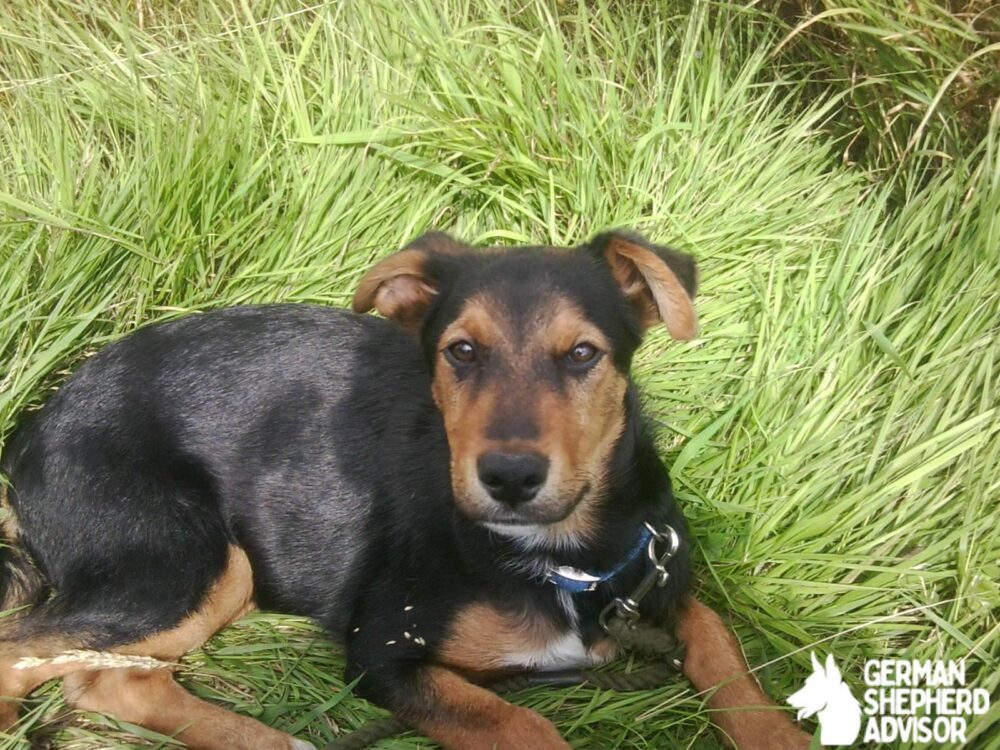
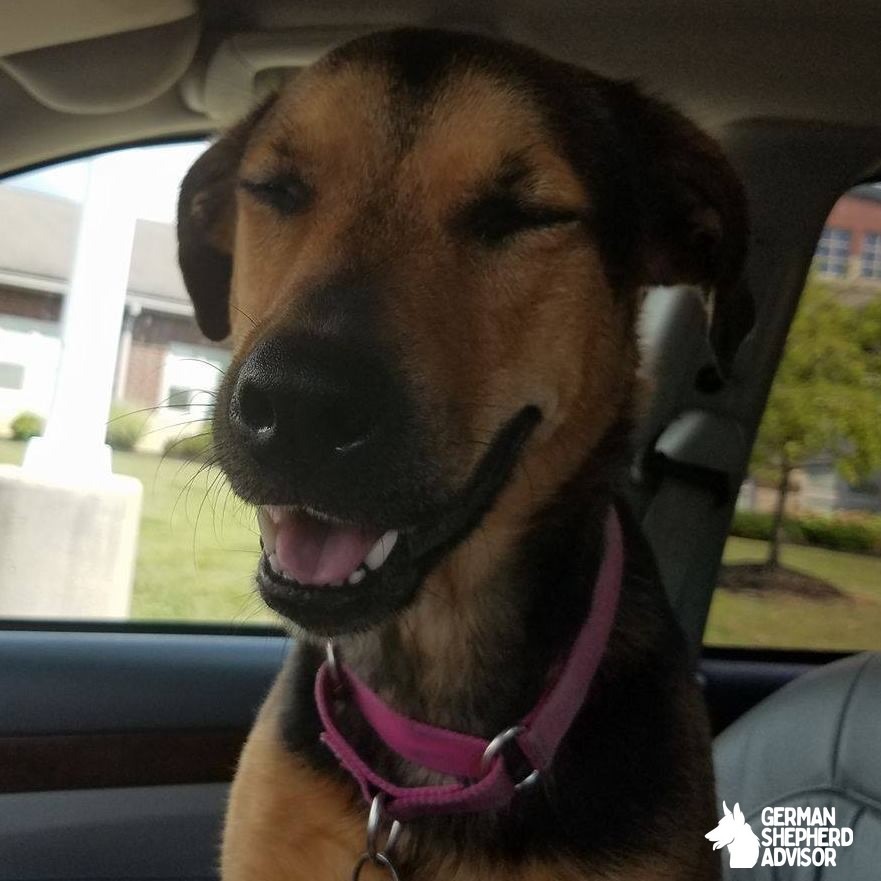
Space to move and play in is essential, so bigger homes (with the land) are better suited to Shepweilers. An ideal environment would be a fenced in backyard, as this will allow them to burn off energy with the free roam. They can adjust to apartment life with enough exercise each day but they are often more appropriate in homes with spacious environments.
Shepweilers are typically good with children if raised and socialized properly. Supervision is advised around young children because of Shepweiler size and strength. They typically do well with other pets, particularly if introduced at an early age, though the breed is protective and care needs to be taken with introductions or territorial issues may occur.
Shepweilers are natural watchdogs due to their instinctive guarding traits. They tend to bark at the first sign of danger and are overall a good family and house dog that will protect their own.
Where to Find a German Shepherd Rottweiler Mix?
Take a look at a shelter or rescue focusing on the German Shepherd, Rottweiler or large breed. Make sure that, if you buy one from a breeder, they are a responsible breeder with ethical breeding practices and health screenings on both parents.
Seek breeders which care more for health and temperament than aesthetics of their puppies. The reputable breeders will give health certificates, discuss health risks, and let you meet the puppy’s parents.
Is the German Shepherd Rottweiler Mix Right breed/dog for You?
The German Shepherd and Rottweiler mixed breed is perfect for someone who is an experienced dog owner with an active lifestyle who can dedicate time to training and exercising. This breed thrives in homes that afford them space to roam, definitely requiring regular physical and mental stimulation. Adopt/purchase the German Shepherd Rottweiler Mix (Shepweiler dog) if you want an exceptionally loyal, intelligent, and protective companion. The German Shepherd Rottweiler Mix could be the right breed/dog for you.
Conclusion
A German Shepherd-Rottweiler mix will be a very loyal, smart, and protective dog which can be an excellent pet depending on the family. If given the proper environment, training, and care, Shepweilers can become loving, obedient pets that will be loyal companions for life. They are best suited for experienced dog owners, correct understanding of their physical and mental needs.
The German Shepherd-Rottweiler mix is a loyal / protective hybrid that boasts the best traits of two of the most popular working breeds These dogs need a devoted owner willing to supply exercise, training, and love for his or her enjoyment. This mix, with proper care, can be a loving, family companion, and a solid protector.
Refrences:
- American Kennel Club (AKC). akc.org
- German Shepherd Dog Club of America gsdca.org
- American Rottweiler Club. amrottclub.org
- PetMD – German Shepherd-Rottweiler Mix: Dog Breed Guide petmd.com
- Vetstreet – German Shepherd Breed Information vetstreet.com
- WebMD – Rottweiler Breed Guide. webmd.com
- DogsAholic – German Shepherd Rottweiler Mix Breed Guide. dogsaholic.com
- RSPCA – Dog Health and Welfare. rspca.org.uk

